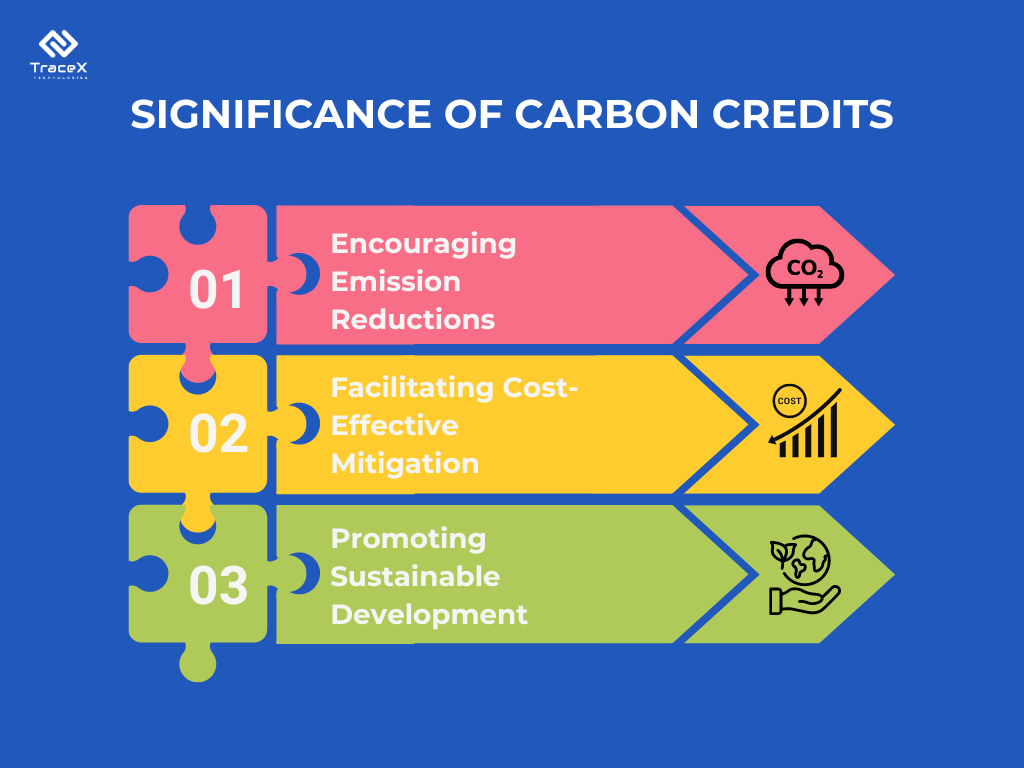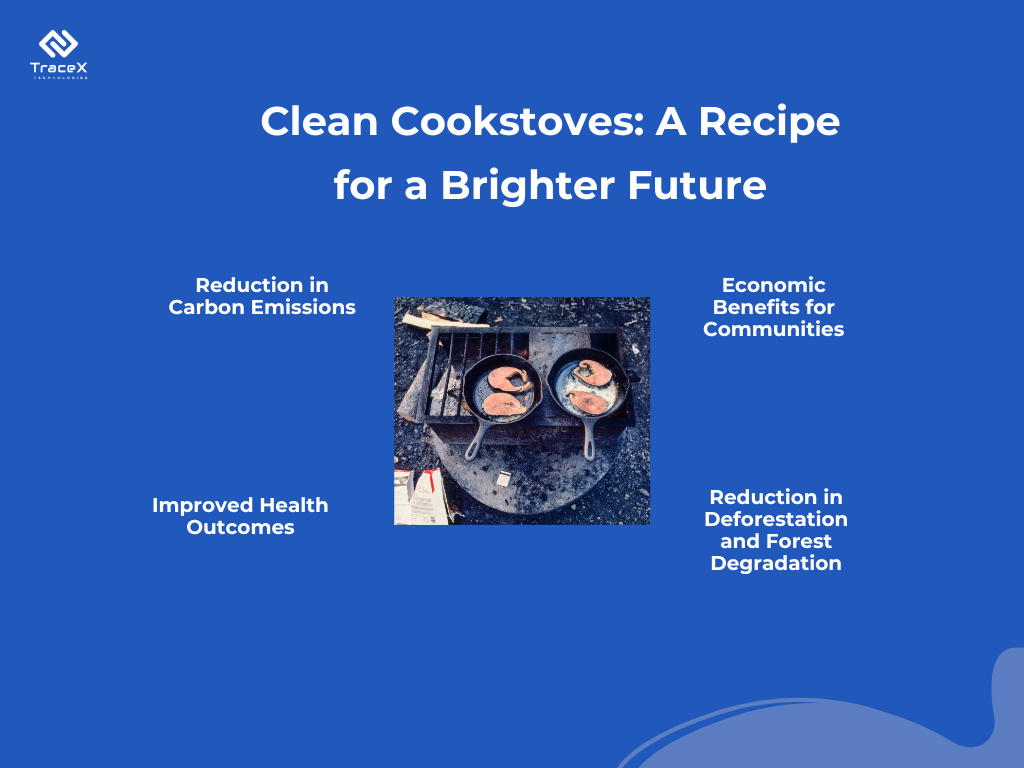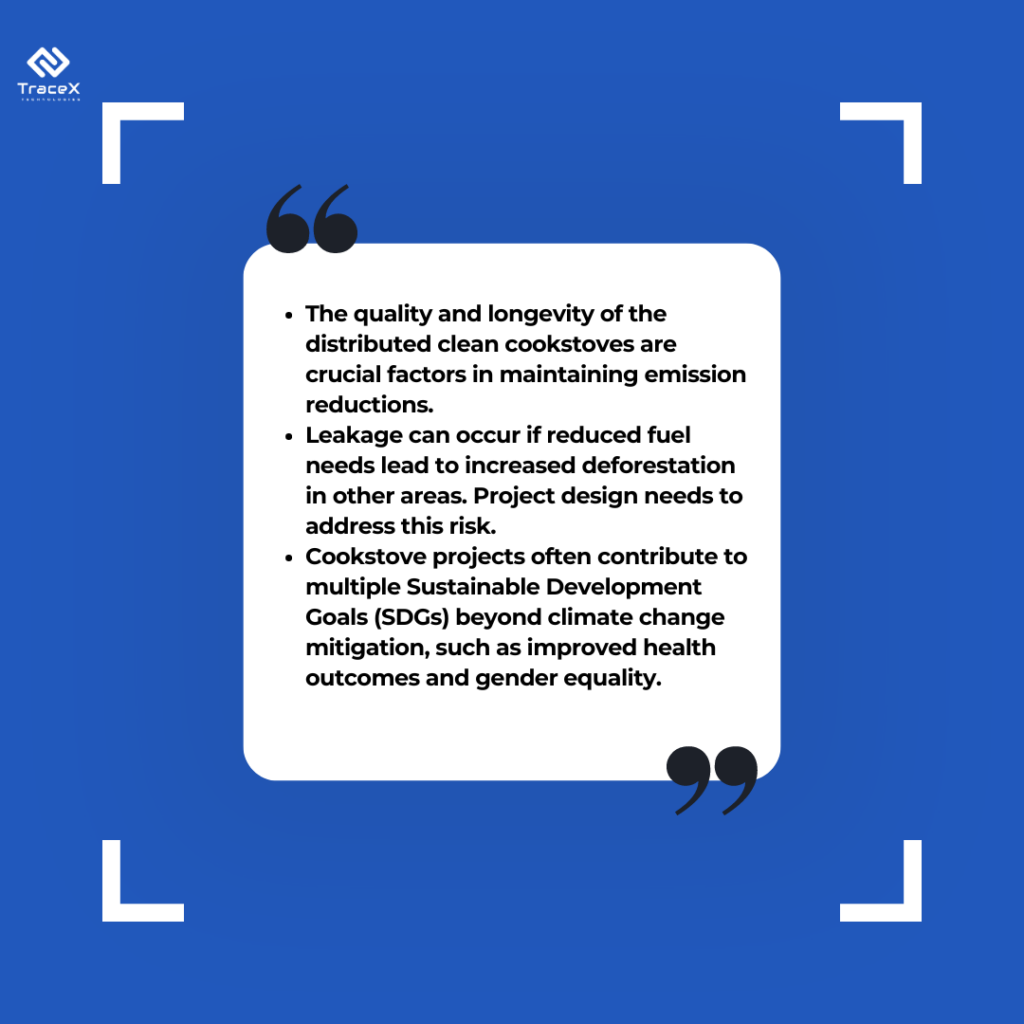Contact: +91 99725 24322 |
Menu
Menu
Quick summary: Explore the transformative potential of integrating carbon credits with cookstoves in combating climate change while addressing energy poverty and health challenges. Discover how this innovative approach fosters sustainability and improves livelihoods worldwide.

In the fight against climate change, innovative solutions that reduce carbon emissions and improve community health are more critical than ever. Traditional cookstoves, commonly used in many developing regions, contribute significantly to greenhouse gas emissions and deforestation, while also posing serious health risks due to indoor air pollution. Clean cookstoves present a transformative opportunity to address these challenges. By adopting more efficient, cleaner-burning cookstoves, communities can significantly reduce their carbon footprint. Additionally, these reductions can be quantified and monetized through carbon credits, providing an economic incentive for widespread adoption. This blog explores the pivotal role of clean cookstoves in earning carbon credits, showcasing their environmental, health, and economic benefits, while highlighting successful projects and future prospects.
According to IEA, around one-third of the world’s population, or 2.3 billion people, live without access to safe methods of “clean” cooking
In the fight against climate change, carbon credits have emerged as a market-based solution to incentivize emission reduction. A carbon credit represents a verified reduction of one metric tonne of carbon dioxide equivalent (tCO2e) emissions. It essentially signifies the removal or avoidance of greenhouse gas (GHG) emissions from the atmosphere. These credits are generated by projects that actively reduce emissions, such as renewable energy generation, forest conservation, or, as we’ll see later, clean cookstove initiatives.
The core purpose of carbon credits lies in enabling a market-based approach to address climate change. Companies that emit greenhouse gases can invest in these projects. This investment allows them to “offset” their own emissions by supporting projects that achieve reductions elsewhere. The project developers track and quantify the actual emission reductions achieved. This quantification process undergoes rigorous verification by independent bodies to ensure the legitimacy of the credits.
Clean cooking projects accounted for around 15% of all carbon credits issued from May to November 2023.
The carbon market is a global platform where carbon credits are bought and sold. These markets can be compliance-driven, where companies are mandated to purchase credits to meet regulatory emission caps, or voluntary, where companies or individuals can offset their emissions based on their own sustainability goals.

Traditional cookstoves, while serving a vital role in food preparation for millions worldwide, come with a hidden cost – a significant negative impact on the environment, human health, and socio-economic development.
1. Environmental Impact:
2. Health Impacts on Users:
3. Social and Economic Drawbacks:
The combination of these factors creates a vicious cycle of environmental degradation, health problems, and economic hardship. Transitioning to cleaner and more efficient cookstoves is crucial to break this cycle and improve the lives of millions who rely on traditional cooking methods.

Clean cookstoves offer a powerful solution, but how do they translate into carbon credits?
1. Measuring and Verifying Emission Reductions:
Verification is crucial. Independent third-party verifiers accredited by recognized organizations (e.g., Verified Carbon Standard or Gold Standard) assess the project methodology, data collection procedures, and emission reduction calculations. They ensure the accuracy and integrity of the generated carbon credits.
2. Standards and Methodologies for Cookstove Projects:
For cookstove projects to generate credible carbon credits, they must adhere to established standards and methodologies:
These methodologies account for factors like fuel switching behavior, leakage (emission reductions outside the project boundaries), and stove stacking (using both clean and traditional stoves).
3. Certification and Registration of Carbon Credits:
Once the verification process confirms the emission reductions, a designated carbon credit registry issues the corresponding number of carbon credits. These registries maintain transparent records of issued credits, ensuring their traceability and preventing double counting.

By following a rigorous process and adhering to established standards, cookstove projects can generate legitimate carbon credits. These credits incentivize the development and distribution of clean cookstoves, contributing to a healthier planet, improved health for millions, and a more sustainable future.
Digital Monitoring, Reporting, and Verification (DMRV) platforms can play a pivotal role in overcoming many of the challenges faced in implementing clean cookstove projects.
DMRV platforms provide precise tools for measuring emissions reductions achieved by using clean cookstoves. These platforms can use sensors and IoT devices to continuously monitor stove usage and fuel consumption, ensuring accurate data collection.
By automating data collection and analysis, DMRV platforms help ensure compliance with carbon credit standards such as the Gold Standard or Verified Carbon Standard. This reduces the administrative burden and enhances the credibility of reported results.
These platforms offer real-time data access, enabling project managers to track progress and make informed decisions quickly. This transparency helps in building trust with stakeholders, including investors, donors, and community members.
DMRV platforms typically feature user-friendly dashboards that present data in an easily understandable format, making it accessible for all stakeholders, regardless of their technical expertise.
By automating data collection, reporting, and verification processes, DMRV platforms significantly reduce the time and resources required to manage cookstove projects. This efficiency allows for scaling up projects more effectively.
Automation and digital tools help lower operational costs, making it more feasible to implement and expand clean cookstove initiatives in resource-limited settings.
DMRV platforms can aggregate data on various impact metrics, such as health improvements, fuel savings, and environmental benefits. This comprehensive reporting helps in demonstrating the broader benefits of cookstove projects to funders and policymakers.
The ability to generate detailed reports and visualizations of project outcomes aids in communicating successes and challenges to a wider audience, attracting more support and funding.
Digitally collecting baseline data on current cooking practices, fuel use, and health impacts ensures accuracy and comprehensiveness. Digital surveys facilitate ongoing monitoring and evaluation of project impacts, providing real-time feedback on cookstove usage and benefits. Gathering user feedback on cookstove performance and satisfaction helps in making necessary adjustments and improvements. Digital tools can track changes in behaviour and adoption rates over time, providing insights into the effectiveness of interventions. Overall, digitization significantly enhances the survey collection process, making it more efficient, accurate, and impactful, especially for large-scale and complex projects like clean cookstove initiatives.
TraceX DMRV (Digital Monitoring, Reporting, and Verification) platform significantly aids carbon project developers in the implementation of cookstove projects by providing an integrated and efficient solution for tracking and validating emissions reductions. Through the use of advanced digital tools and automated data collection, DMRV ensures precise measurement of carbon savings achieved by the deployment of clean cookstoves. This real-time data tracking allows project developers to monitor stove usage, fuel consumption, and overall project impact with high accuracy.
The platform’s user-friendly interface and analytics capabilities streamline the reporting process, ensuring compliance with international carbon credit standards, such as the Gold Standard or Verified Carbon Standard. Additionally, DMRV facilitates transparency and accountability, which enhances stakeholder confidence and attracts funding. By reducing administrative burdens and operational costs, the platform enables project developers to focus on scaling up initiatives, thus amplifying the environmental and social benefits of clean cookstove projects.
In conclusion, the integration of carbon credits with cookstoves presents a promising avenue for combating climate change while simultaneously addressing energy poverty and health issues in developing regions. By incentivizing the adoption of cleaner and more efficient cooking technologies, carbon credits not only reduce greenhouse gas emissions but also improve livelihoods and quality of life for millions around the world. However, realizing the full potential of this approach requires collaboration among governments, NGOs, businesses, and local communities to ensure effective implementation and equitable distribution of benefits. With concerted efforts, carbon credits can serve as a catalyst for sustainable development, paving the way for a healthier planet and brighter future for generations to come.
